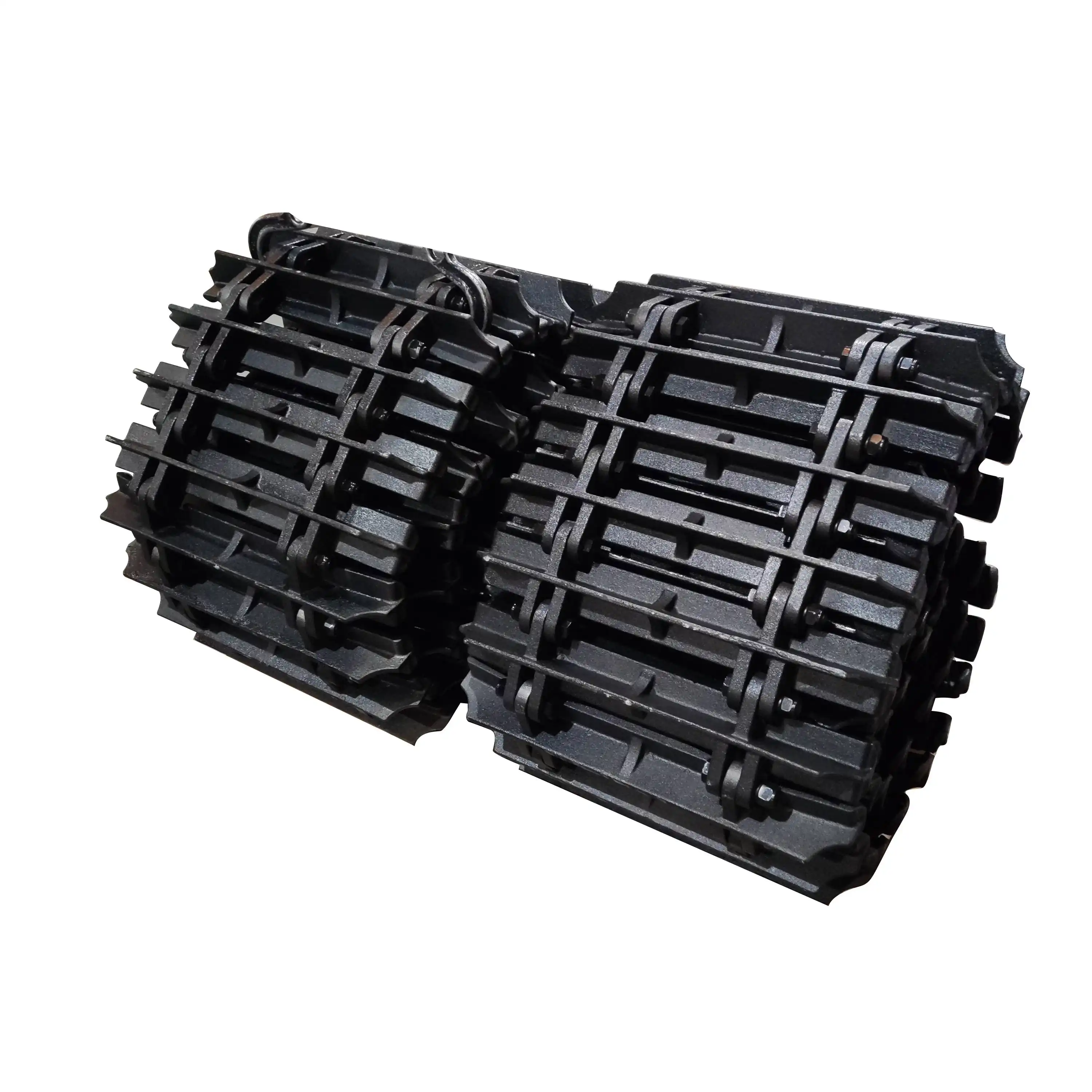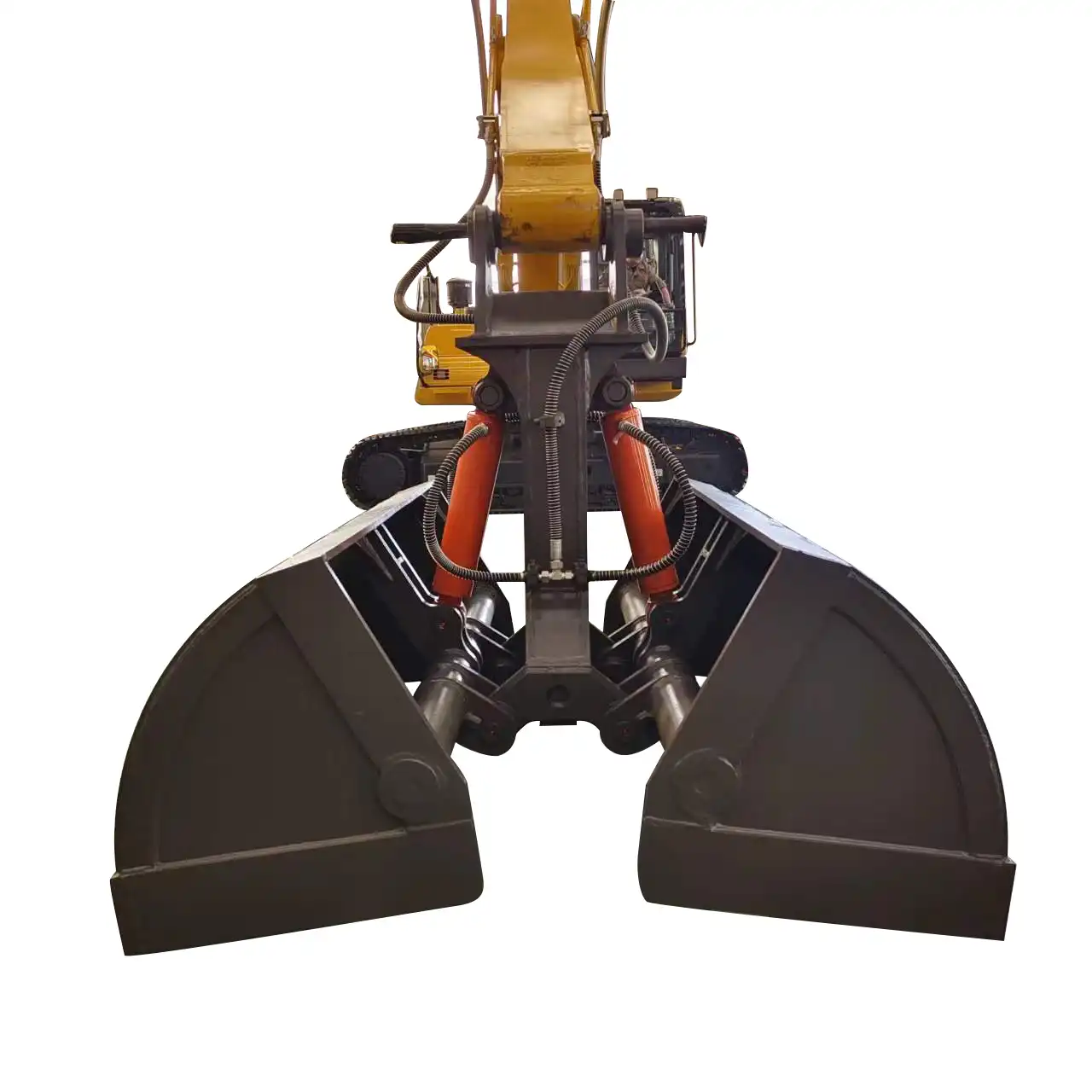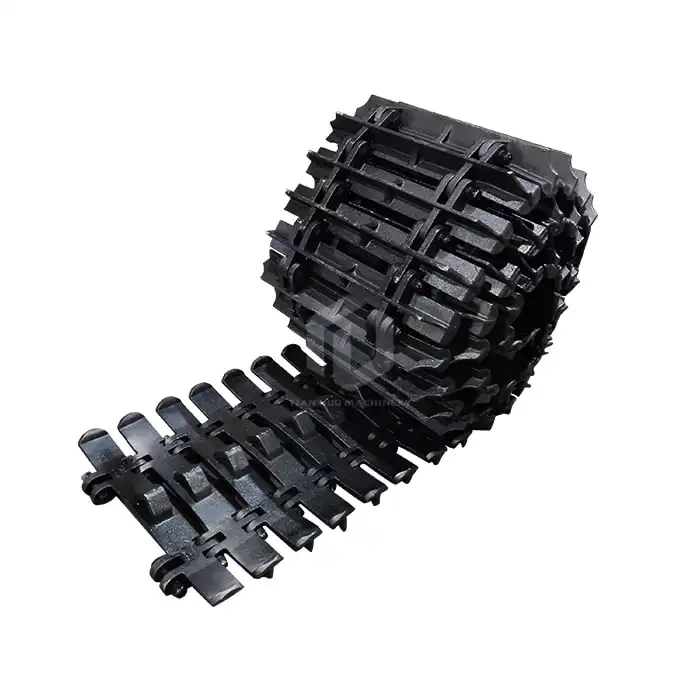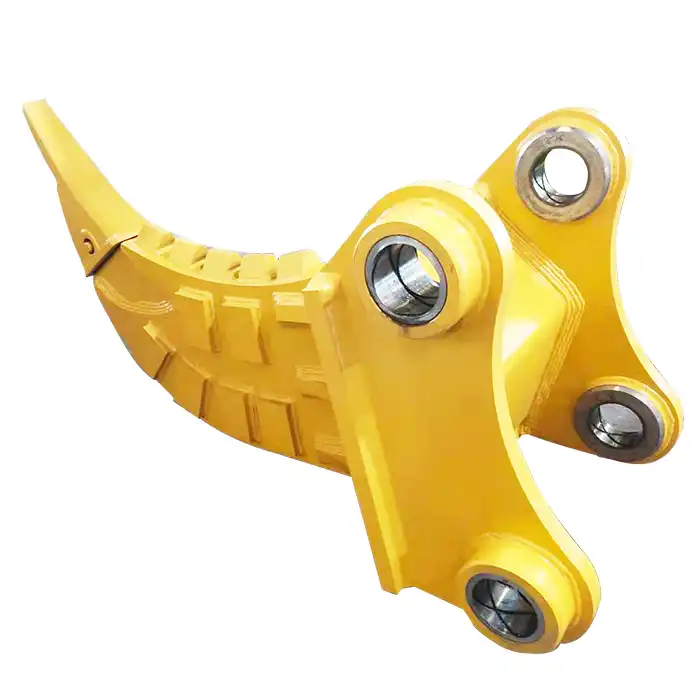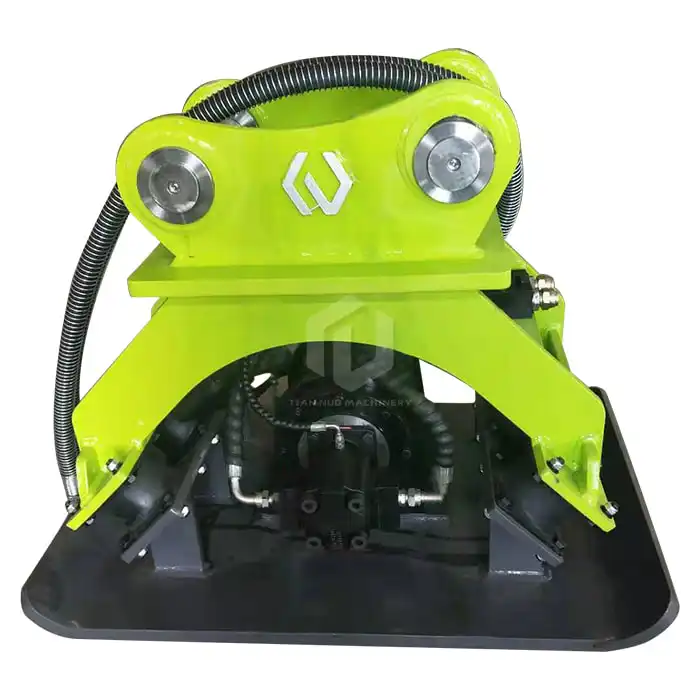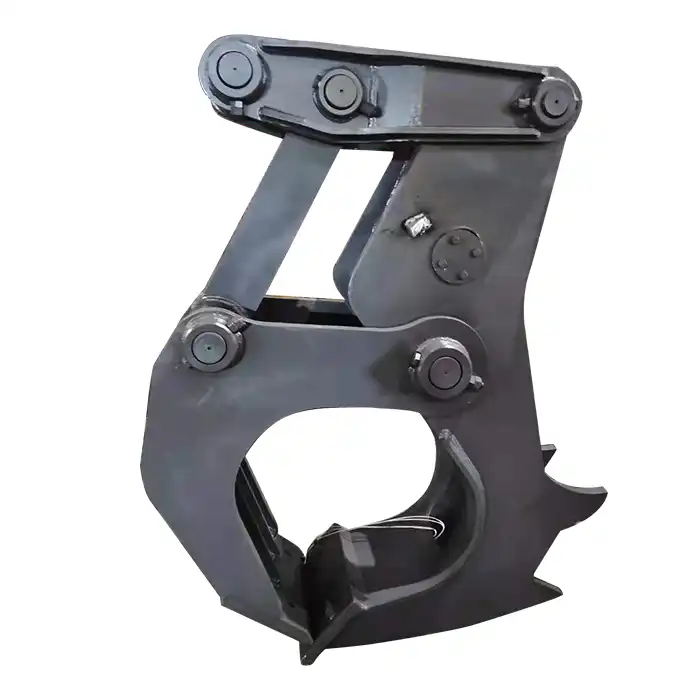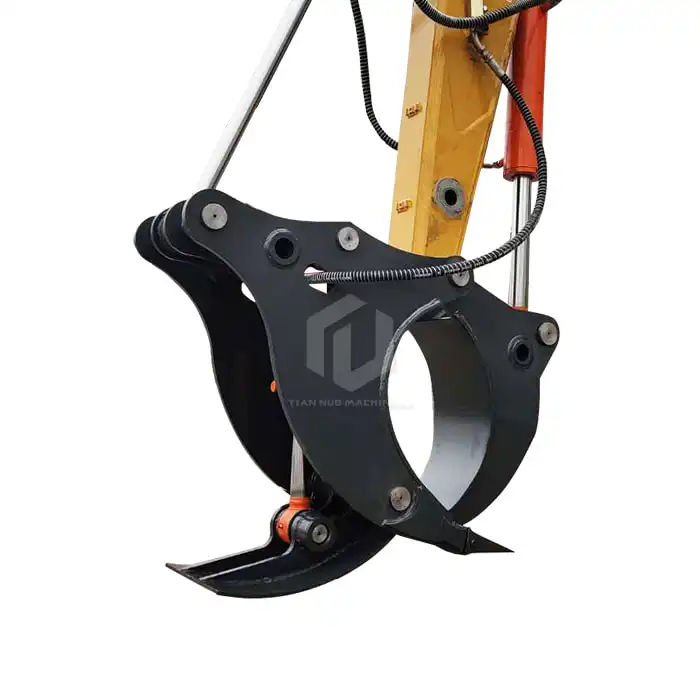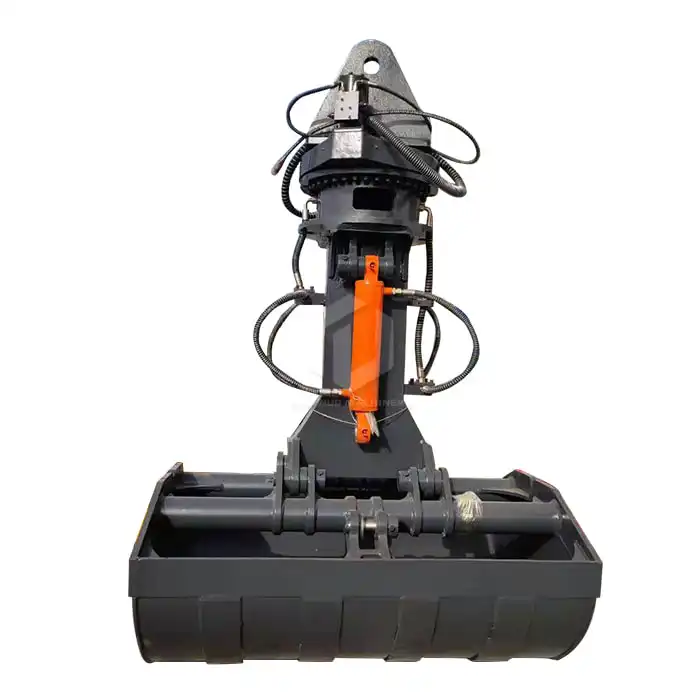How to choose the right excavator wood clamp according to the job requirements?
Selecting the appropriate excavator wood clamp is crucial for efficient and effective operations in various industries, including forestry, construction, and material handling. The right clamp can significantly enhance productivity, safety, and overall job performance. This comprehensive guide will walk you through the essential factors to consider when choosing an excavator wood clamp that best suits your specific job requirements.
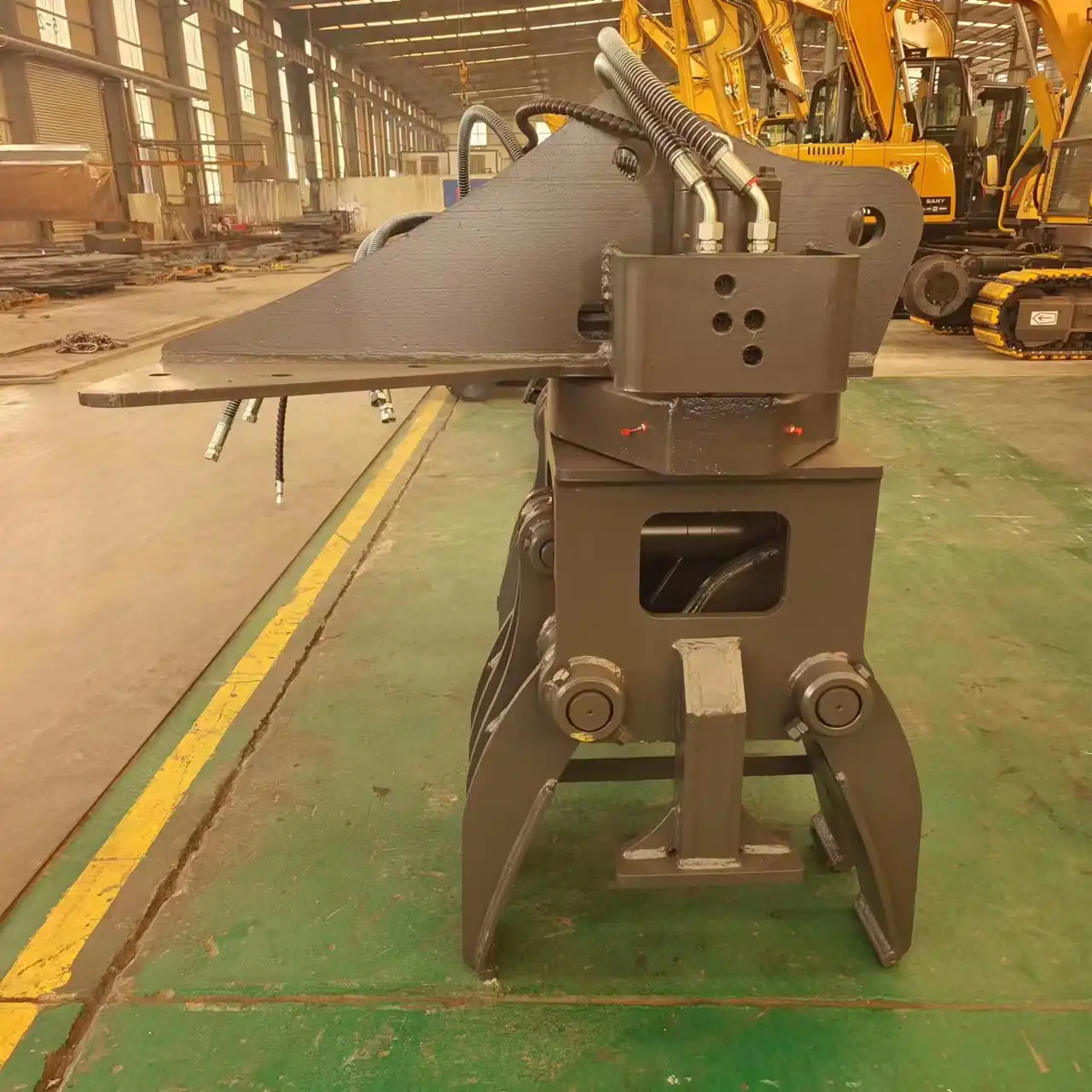
Type of Operation
The first step in selecting the ideal excavator wood clamp is to evaluate the type of operation you'll be conducting. Different jobs require different clamp features and capabilities. For instance, forestry operations might necessitate clamps with longer arms and stronger gripping power to handle large logs, while construction sites may benefit from clamps with a wider opening range for versatility in handling various materials.
Consider the following aspects of your operation when choosing an excavator wood clamp:
- Material type: Are you primarily handling logs, lumber, or other wood products?
- Size and weight of loads: What are the typical dimensions and weights of the materials you'll be moving?
- Work environment: Will you be operating in rough terrain, tight spaces, or on even surfaces?
- Frequency of use: Is the clamp for occasional use or continuous heavy-duty operations?
By clearly defining your operational needs, you can narrow down the options and focus on excavator wood clamps that are specifically designed for your type of work. This targeted approach ensures that you invest in a tool that will maximize your efficiency and return on investment.
For example, if you're working in a sawmill environment where you need to sort and stack logs of varying sizes, you might opt for a clamp with adjustable arms and a wide opening range. On the other hand, if you're primarily engaged in land clearing operations, a clamp with high clamping force and durable construction to withstand the rigors of handling whole trees and stumps would be more suitable.
It's also worth considering any potential future projects or expansion of your operations. Choosing a versatile excavator wood clamp that can adapt to different types of jobs can provide long-term value and flexibility for your business.
Excavator Specifications
The compatibility between your excavator and the wood clamp is paramount for safe and efficient operation. Excavator wood clamps are designed to work with specific sizes and types of excavators, so it's essential to match the clamp to your machine's specifications. Key factors to consider include:
- Excavator size and weight class
- Hydraulic flow and pressure capabilities
- Boom and arm configuration
- Quick coupler compatibility
The size and weight class of your excavator will largely determine the size of the wood clamp you can effectively use. Larger excavators can handle heavier and larger clamps, which in turn can manage bigger loads. It's crucial to choose a clamp that falls within your excavator's recommended attachment weight range to ensure stability and optimal performance.
Hydraulic flow and pressure requirements are equally important. The clamp's hydraulic system must be compatible with your excavator's capabilities to function properly. Insufficient hydraulic flow or pressure can result in slow operation or inadequate gripping force, while excess flow or pressure can damage the clamp or the excavator itself.
Consider the boom and arm configuration of your excavator as well. Some clamps may require specific boom lengths or arm configurations for optimal reach and maneuverability. Additionally, if your excavator is equipped with a quick coupler system, ensure that the clamp you choose is compatible or can be easily adapted to work with your specific coupler.
It's advisable to consult with the manufacturer or a qualified equipment specialist to ensure proper matching between your excavator and the wood clamp. They can provide valuable insights into compatibility issues and help you select a clamp that will integrate seamlessly with your existing machinery.
Remember that using an improperly sized or incompatible clamp can lead to safety hazards, reduced efficiency, and potential damage to both the clamp and the excavator. Always prioritize proper matching to maximize the performance and longevity of your equipment.
Characteristics of Wood Clamps
When evaluating excavator wood clamps, several key characteristics should be considered to ensure you're getting a tool that meets your specific needs:
- Opening Range: The clamp's opening range determines the size of materials it can handle. A wider range offers more versatility but may come at the cost of reduced gripping force for smaller objects.
- Gripping Force: The clamp's ability to securely hold materials is crucial for safe and efficient operation. Higher gripping force is beneficial for heavier loads and rougher terrain.
- Durability: Look for clamps made from high-quality materials that can withstand the rigors of your specific application. Reinforced edges, wear-resistant surfaces, and robust hydraulic components contribute to longevity.
- Weight: The clamp's weight affects your excavator's lifting capacity and stability. Lighter clamps may allow for handling heavier loads, but they should still be sturdy enough for the intended use.
- Design Features: Consider features like 360-degree rotation, tilt functions, or interchangeable arms that can enhance versatility and efficiency in various applications.
- Maintenance Requirements: Assess the ease of maintenance and availability of spare parts. Clamps with simple designs and readily available components can minimize downtime and maintenance costs.
When comparing different models of excavator wood clamps, pay close attention to these characteristics and how they align with your operational needs. For instance, if you frequently handle a wide variety of material sizes, a clamp with a large opening range and adjustable arms might be preferable. Conversely, if you primarily deal with heavy, uniform loads, a clamp with higher gripping force and robust construction might be more suitable.
It's also important to consider the overall design and build quality of the clamp. Look for features that enhance durability, such as hardened steel construction, reinforced pivot points, and protected hydraulic cylinders. These elements can significantly extend the lifespan of the clamp and reduce the need for frequent repairs or replacements.
Additionally, consider the manufacturer's reputation and after-sales support. Established brands often offer better warranty terms, readily available spare parts, and comprehensive technical support, which can be invaluable in maintaining the efficiency of your operations.
Tiannuo Machinery Excavator Wood Clamps
Choosing the right excavator wood clamp is a critical decision that can significantly impact your operational efficiency and productivity. By carefully considering the type of operation you'll be performing, ensuring compatibility with your excavator's specifications, and evaluating the key characteristics of different clamp models, you can make an informed choice that best suits your needs.
Tiannuo offers a range of excavator wood clamps designed to accommodate various excavator sizes and capacities. For 3-5 ton excavators, the clamp provides a 1250mm opening and can handle an unloading weight of up to 500 kg. For 36-40 ton excavators, the opening is 2400mm with a capacity of 3500 kg. Finally, the 41-45 ton excavators have a 2500mm opening and can handle up to 4000 kg. These versatile clamps are designed to meet the diverse needs of excavator operations, ensuring efficient handling of heavy loads.
If you are choosing your excavator wood clamps manufacturer, please feel free to reach out to our manager at arm@stnd-machinery.com and the team at rich@stnd-machinery.com and tn@stnd-machinery.com. Our experienced team can provide expert guidance to help you select the perfect excavator wood clamp for your specific requirements, ensuring optimal performance and long-term value for your investment.
References:
- Holt, G. A., & Laird, J. W. (2018). Excavator attachments for construction and demolition waste recycling. In Advances in Construction and Demolition Waste Recycling (pp. 211-230). Woodhead Publishing.
- Bohman, M., & Gendron, S. (2019). Excavator attachment handbook. Construction Equipment Association.
- Zhang, Y., Wang, J., & Liu, Y. (2017). Design and kinematics analysis of a novel humanoid robotic hand. Journal of Bionic Engineering, 14(3), 497-509.
- Seo, J., Lee, S., Kim, J., & Kim, S. K. (2011). Task planner design for an automated excavation system. Automation in Construction, 20(7), 954-966.

